Every summer, 733 people die from tire malfunctions in America alone. That number hits different when you realize most of these drivers thought their tires looked "fine" minutes before disaster struck.
I've seen it countless times in my decades working on vehicles. A customer rolls in complaining about a vibration, swearing their tires are practically new. "I've checked the pressure and the thread depth," they'll insist, pointing to what appears to be a perfectly good set of rubber. Then we pull them off. What we find underneath tells a completely different story.
The truth? Your tire can betray you without warning. Here's what every driver needs to understand about the invisible killer lurking in your wheels.
The Silent Destroyer
Most people think tire replacement is all about tread depth. Wrong. The penny test everyone talks about? It's measuring the wrong thing entirely.
According to the National Highway Traffic Safety Administration, tire manufacturers and major automakers like Ford, Nissan, and Mercedes Benz recommend replacing tires after six years regardless of how the tread looks. That's not a suggestion, it's a survival strategy.
Tires age from the inside out through a process called thermo oxidative aging. The rubber compound literally breaks down at the molecular level due to heat and oxygen exposure. This deterioration starts the moment your tire is manufactured, not when you buy it.
"I've got plenty of tread left on these," drivers will argue. Meanwhile, the internal structure is slowly failing, setting up a catastrophic blowout at highway speeds.
Cracking the Date Code
Every tire has a four-digit DOT code on the sidewall that reveals its birth date. The first two digits show the week (01-52), and the last two show the year. A tire marked "0823" was manufactured in the eighth week of 2023.
Here's what shocks people: That "new" tire you bought last year? It might have been sitting in a warehouse for three years before you purchased it. You could already be halfway to the danger zone without knowing it.
The Invisible Belt Separation
The most terrifying tire failures happen inside the tire where you can't see them. Steel belt separations occur when the layers of rubber and steel cords that give your tire its strength begin to delaminate. This process is completely invisible from the outside.
Advanced diagnostic tools like X-ray and shearography testing can reveal these hidden failures, but most drivers never have access to such equipment.
The separation often starts at the tire's shoulder, where the tread meets the sidewall. Internal rubber ruptures while the outer surface still looks normal. By the time you notice anything unusual, you're often seconds away from a complete failure.
I've pulled apart tires that looked perfect externally but had massive internal separations spanning half the circumference. The owners had no idea they were driving on borrowed time.
The Heat Factor Everyone Ignores
Summer driving creates a perfect storm for tire failures. High ambient temperatures combined with road heat can push tire internal temperatures past their design limits.
Underinflated tires are particularly vulnerable because they generate excessive heat through increased flexing. The NHTSA reports that a tire underinflated by just 25% is three times more likely to be the critical factor in a crash.
"But I checked my pressure last month," is a common response. Here's the problem: Tires naturally lose 1-3 PSI per month under normal conditions. Temperature changes make it worse, tire pressure drops about 1 PSI for every 10 degree temperature decrease.
The Weekly Check Rule
Professional drivers check tire pressure weekly, not monthly. That's the frequency you need if you're serious about avoiding a blowout. Check when tires are cold, before driving or after the vehicle has been parked for at least three hours.
The Amplifier of Everything
Driving fast doesn't just increase your crash risk if something goes wrong. High speeds actively contribute to tire failure by generating more heat and increasing stress on already compromised structures.
Every tire has a speed rating, but here's what the manufacturers don't advertise: those ratings assume perfect tire conditions. An aging tire with invisible internal damage can fail catastrophically at speeds well below its rated maximum.
The combination of speed, heat, and age creates a compounding effect. A six year old tire that might survive city driving can explode without warning at highway speeds.
What Actually Prevents Tire Explosions
Forget the folklore about rotating tires every 5,000 miles or checking tread with quarters. Real tire safety focuses on the invisible threats.
- First: Know your tire's manufacturing date and replace based on age, not appearance. Six years maximum, regardless of tread depth.
- Second: Check pressure weekly with a quality gauge. Digital gauges cost under $20 and eliminate guesswork.
- Third: Understand your vehicle's load capacity. The Tire and Loading Information label on your driver's door jamb shows maximum weights and pressures. Exceeding these limits accelerates internal tire damage even if the tire looks fine.
- Fourth: Pay attention to your Tire Pressure Monitoring System (TPMS). Required on all vehicles since 2008, these systems warn you of significant pressure loss. Yet studies show 10% of drivers intentionally ignore TPMS warnings and keep driving.
The Professional's Eye
After decades in this industry, I can spot the warning signs most drivers miss. A slight vibration at highway speeds. Uneven wear patterns that suggest internal problems. A tire that seems to lose pressure faster than its companions.
"My car rides fine," customers will say. By the time you feel something wrong, the damage is often irreversible. The key is catching problems before they announce themselves.
Visual inspections matter, but they're not enough. Look for sidewall cracking, bulges, or any irregularities in the tire's shape. But remember, the most dangerous failures happen where you can't see them.
When Disaster Strikes
If you experience a blowout while driving, your survival depends on fighting every instinct you have. Don't slam the brakes. Don't jerk the steering wheel. Hold steady and gradually slow down.
The goal is maintaining control until you can safely exit the roadway. Front tire blowouts will pull the steering wheel. Rear blowouts will cause the vehicle's back end to slide. In both cases, smooth inputs save lives.
Your tires are the only thing connecting your vehicle to the road. Treating them like disposable items instead of critical safety components is a dangerous gamble.
Age kills tires more effectively than miles. Internal damage progresses invisibly. Heat and speed amplify every weakness. The tire that looks perfect today could fail catastrophically tomorrow.
The six year rule isn't tire industry marketing, it's recognition of rubber chemistry reality. When manufacturers who profit from tire sales tell you to throw away seemingly good tires, you should listen.
Don't be the driver who "knew" their tires were fine right up until they weren't. Your life is worth more than squeezing extra miles from aging rubber.
Check those date codes. Respect the age limits. Because when it comes to tire safety, what you can't see absolutely can kill you.
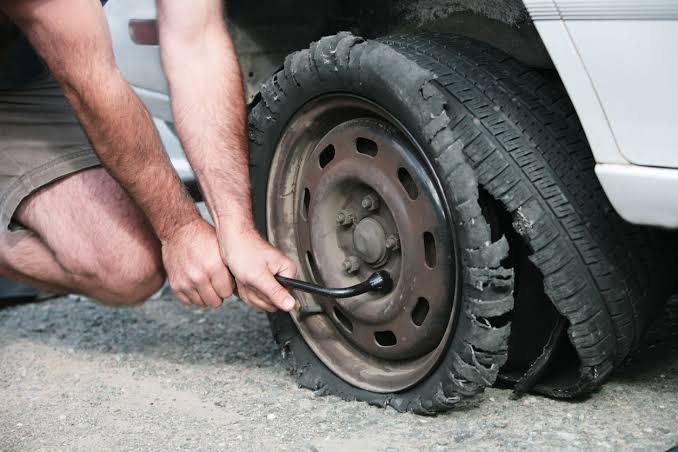
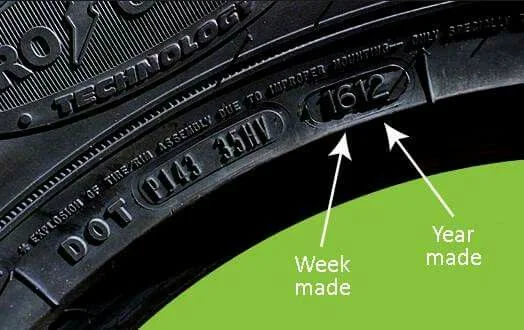
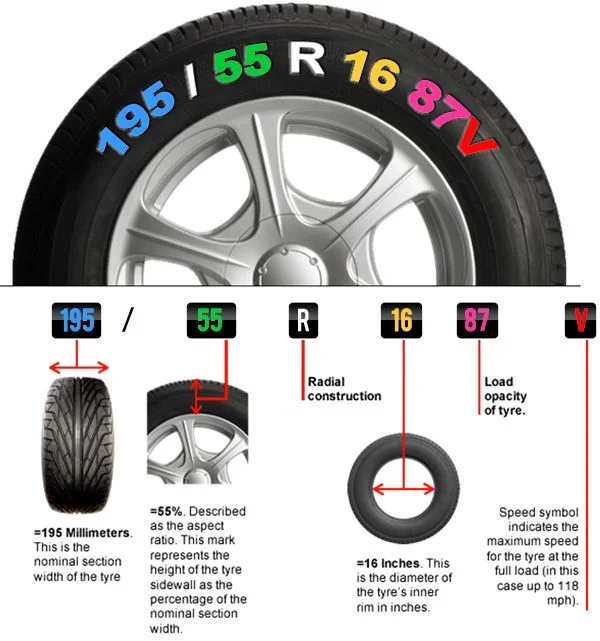
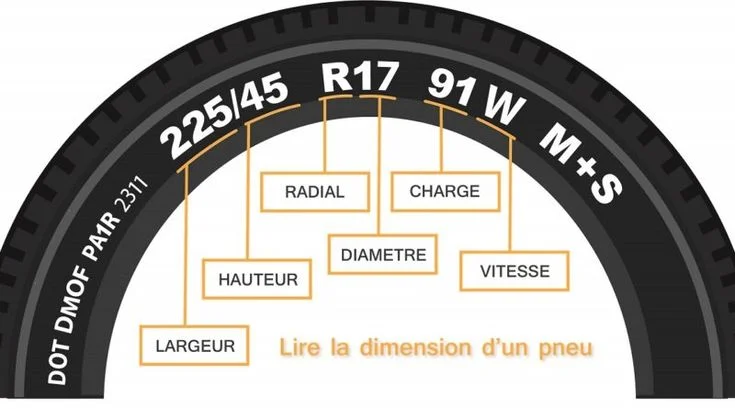
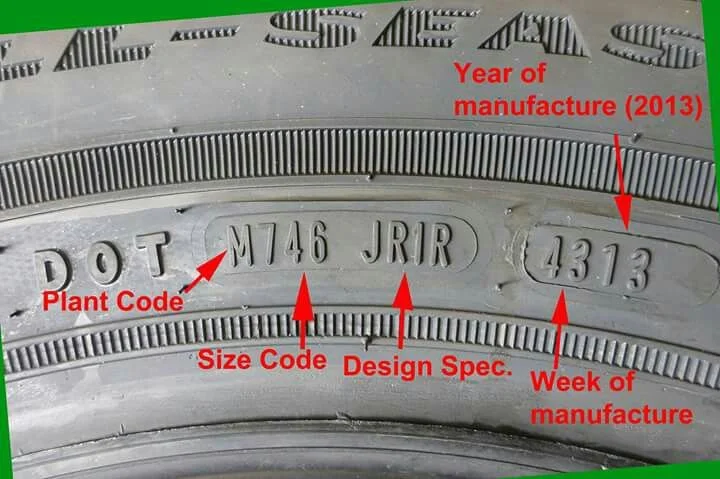
Comments (0)
Please login to join the discussion
Be the first to comment on this article!
Share your thoughts and start the discussion